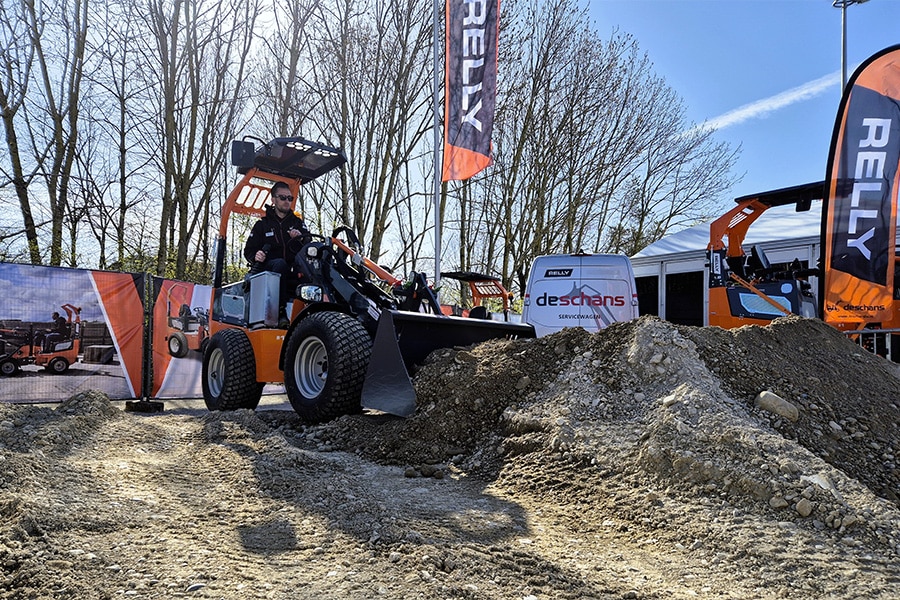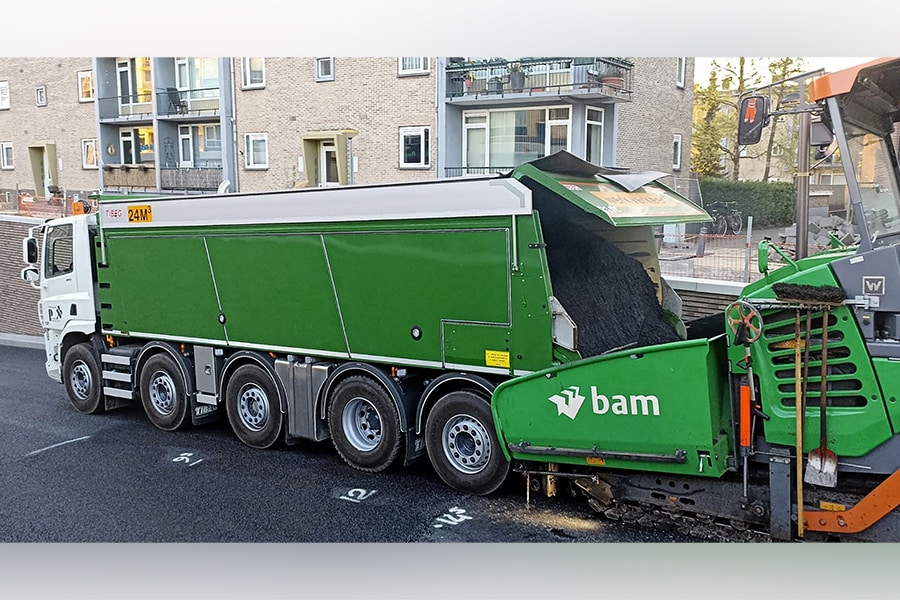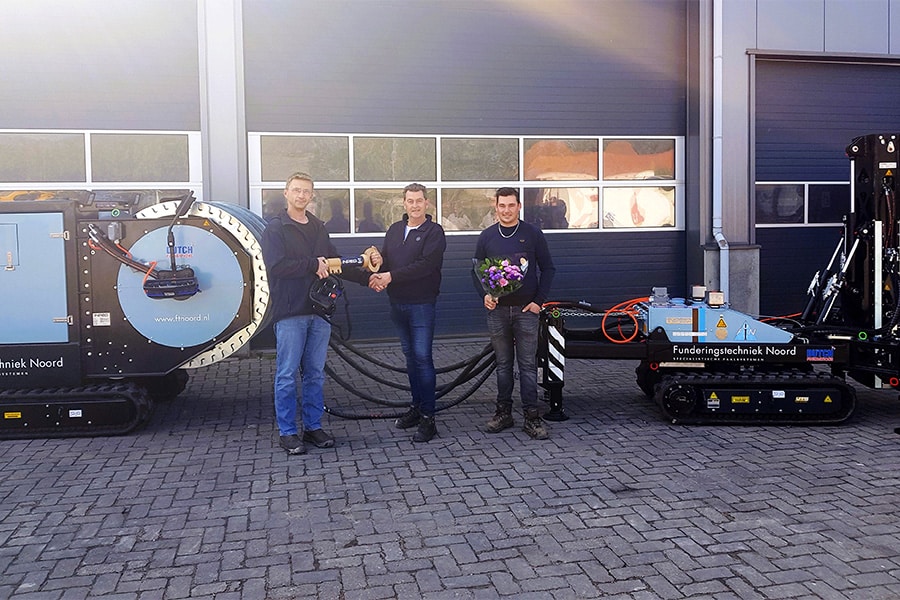
Cleverness in pre-stress design
All structures of the Blankenburg connection will be executed with DYWIDAG pre-tensioning systems. According to Robert Jansen of DYWIDAG-Systems International, a number of clever features have been built into the design to accommodate the phasing of BAAK. These range from interconnecting pre-tensioning systems to even fully submerging pre-tensioning systems that have not yet been completed.
"The decks of two viaducts at the Rozenburg interchange are built successively on a temporary support," Jansen explains. "After completion, they are slid into their final location and a deck is poured against them, while the prestressing does have to be continuous. That makes it exciting, but also provides opportunities to adjust the prestressing to demand. After all, each partial span has a different preload demand. If a structure is poured in one pour, the prestressing is the same across the entire deck. Now we can play with cable lengths and the number of strands per cable. This is because not every cable has to run through from start to finish, which means we have to include fewer cables. It's not unique, but it does require extra attention."

Extra attention was also important for the prestressing in the struts of the access ramps to the tunnel, which are being built in several phases. Jansen: "The lower part of the struts is being poured now, after which the cofferdam will be flooded. In a year the struts will be 'dug up' again and the second part will be poured. Again, the preload must be continuous. Of course, water and steel do not mix very well. Plastic, however, was not an option. So we came up with a solution in steel anyway, 'heavy and galvanized,' which is watertight capped." A total of 1,400 tons of steel will be processed on the project in alternating DYWIDAG prestressing systems from 19 to 31 strands.



